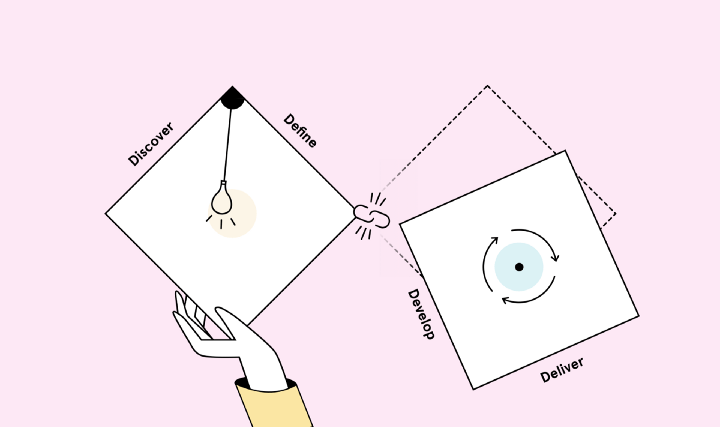Three ways to make sure your service design project gets implemented

Never have corporate executives approached me with a request to facilitate a service design process in the company just to confirm that they should continue doing business precisely as they have done for decades. On the contrary — the initial request is always driven by the realization of the necessity for change.
However, a surprisingly large portion of service design projects never makes it past the research phase. Or, the project might be rolling out, but there would be a major disconnect between the research results and the developed solution.
Why is this bad, you ask?
First, design research is very time-consuming work. So, by not pursuing the project past that, the company is pouring resources (both time and money spent) down the drain.
Secondly, this pattern severely undermines the organization’s innovation culture. After getting an experience or two with projects getting stopped in the middle, the general attitude in the company quickly shifts to “this whole design thinking buzz is a waste of time.” And let’s be very clear — there’s no coming back from that.
Make no mistake, when the project gets kicked off, everyone is determined to deliver. Somewhere along the way, the enthusiasm often fades. Why does this happen, and how to avoid it?
The “give and take” principle
As humans, we fear loss more than we value gain. This is how evolution has coded our brains, and it’s hard to get around this.
In a corporate setting, this means that even if business as usual is not competitive enough anymore, giving it up might still be a frightening perspective. Add to that the uncertainty related to adopting the innovative solution, and you have the best argument to stick to legacy as long as possible.
How to get around it?
To make space for the new, you need to get rid of the old. Following this logic, it makes sense to discuss before the project kick-off which products, services, or processes the company is willing to drop to free up the recourses for innovation.
Nothing genuinely outstanding is ever a safe bet on the spreadsheet
Declarative customer-centricity is quite common amongst large corps. It has many symptoms, but we often encounter the mismatch between strategic aspirations to innovate and the performance indicators that are applied to evaluate the success.
In short, it’s pretty typical that the management expects new products and services to be profitable from day one, therefore killing off any ambition to experiment and test out disruptive innovations.
How to get around it?
Introduce a KPI-free learning period for newly launched solutions. A good service design project includes a series of interactive business experiments and user tests to ensure that the solution is the right fit both for the customers and the business. This minimizes (but does not eliminate) the chance of things going south after launch. And even after go-live, it might take a bit of adjusting to find the right fit.
Getting full on low-hanging fruit does not motivate to jump higher
Typically, after performing the design research, consultants suggest two sets of improvements: quick (and relatively easy) fixes to elevate existing customer’s experience and more complex long-term strategic developments to win new segments or markets.
It is tempting to start with the quick fixes first. They just seem more tangible and efficient in the short run. Sometimes, there is a narrative that goes along — we’ll get a quick win to showcase and motivate everyone before we dive into a long-term project.
What actually happens is that when the easy stuff is delivered and the positive impact achieved, executives feel that they have accomplished enough. It doesn’t make much sense to start with the long and risky journey of implementing dramatic change with uncertain outcomes when they already got the credit for positive impact.
How to get around it?
Start with the hard stuff. It may seem counterintuitive, but as a team’s excitement often drives innovation, it’s essential to take advantage of everyone’s motivation freshly after the research results come in.
By no means are these suggestions a magic sauce. They definitely need to be adjusted to every company that decides to apply them. But they will increase the design project “survival rate” significantly.
Also, this is definitely not an exhaustive list. Anything you would add from your experience?
